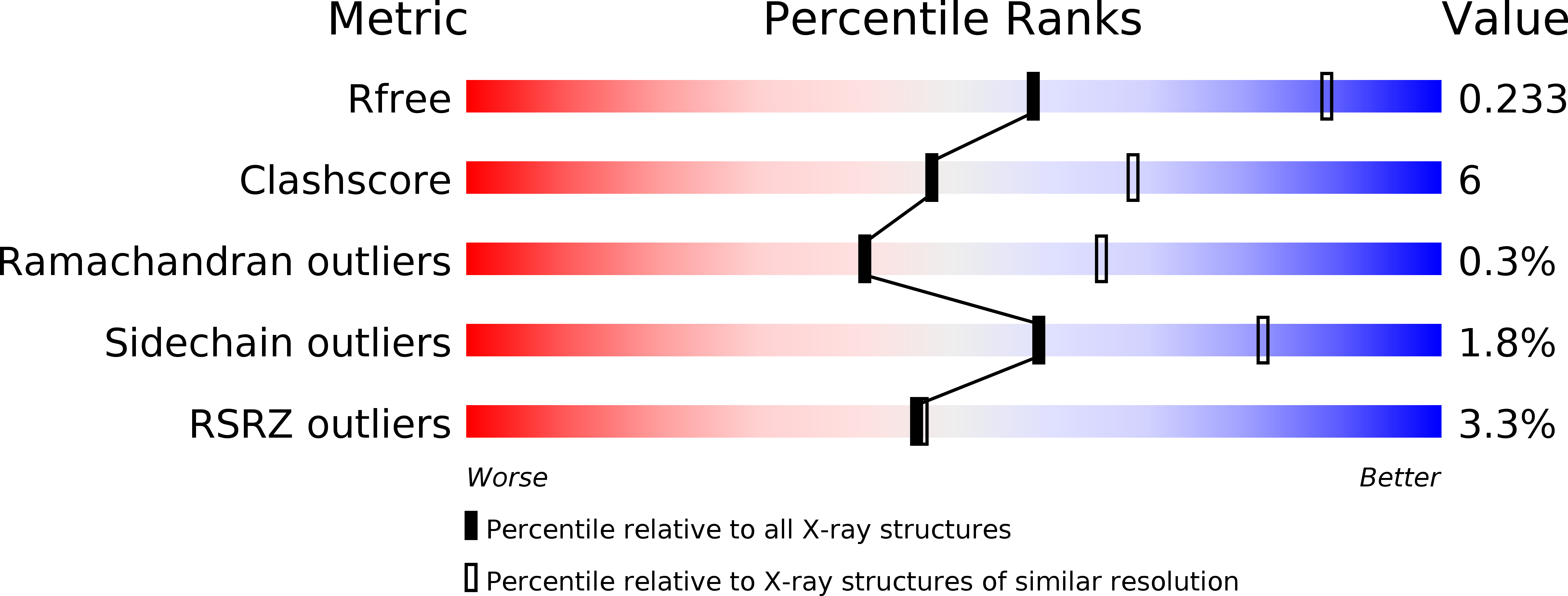
Deposition Date
2017-10-31
Release Date
2018-05-09
Last Version Date
2024-11-06
Entry Detail
PDB ID:
5YOY
Keywords:
Title:
Crystal structure of the human tumor necrosis factor in complex with golimumab Fv
Biological Source:
Source Organism:
Homo sapiens (Taxon ID: 9606)
Host Organism:
Method Details:
Experimental Method:
Resolution:
2.73 Å
R-Value Free:
0.23
R-Value Work:
0.19
R-Value Observed:
0.19
Space Group:
P 1 21 1


